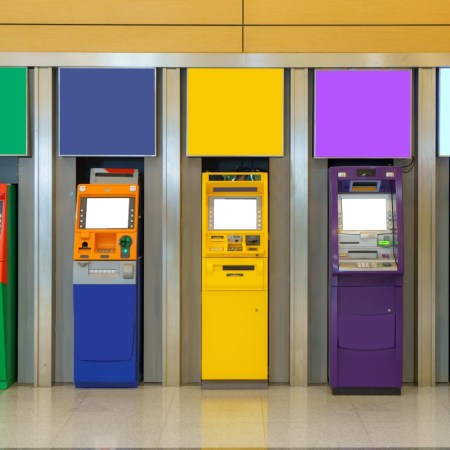Last year, news broke about a high-profile Ponzi scheme targeting independent film investors. The guy behind this was named Zach Horwitz, an actor who worked under the name Zach Avery; all told, he’d brought in $690 million for a host of distribution deals that promised absurdly good returns but turned out to, you know, not actually exist. Later in the year, Horwitz agreed to plead guilty.
All of which begs the question: just how did he get so many people on board with this plan? A new article by William D. Cohan in Air Mail offers some answers — and, as it turns out, it involved a blend of storytelling ability and an awareness of his audience.
One of the notable details that emerges from Horwitz’s biography is his interest in psychology, which included spending time in the Chicago School of Professional Psychology’s doctoral program. He opted to pursue acting instead and found some success, eventually teaming with a pair of filmmakers he had worked with as an actor to launch the production company 1inMM Productions.
For a time, the production company seemed to be engaged in legitimate work — modest deals for modestly-budgeted independent films, including the horror film The Devil Below, which was eventually released in 2021. Cohan points out that Horwitz appears to have begun his Ponzi scheme in 2014, offering investors significant returns on their investment.
By the time authorities caught up to him, Horwitz owed various people millions of dollars. It’s yet another reminder that if a deal seems to offer returns on an investment that seem to be much larger than anything else out there, that might well be a red flag rather than a signal to invest.
Thanks for reading InsideHook. Sign up for our daily newsletter and be in the know.


















